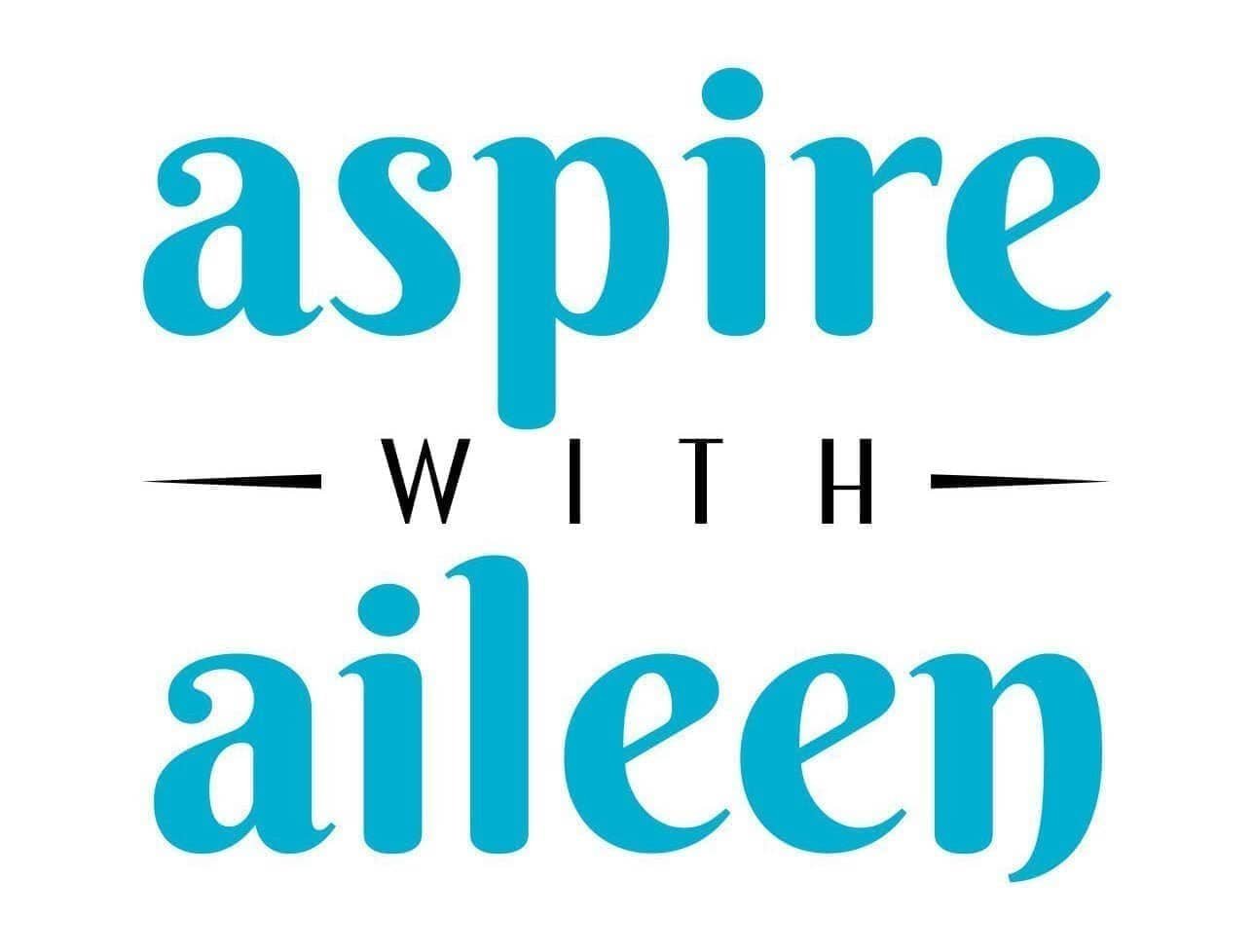Has it been a while since you last updated your resume? Or perhaps you want a quick "how-to" on approaching this thing that has potentially been on your to-do list for ages? Below is my attempt to succinctly share how to navigate this process.
Overall Strategy/Approach
1. Always, always, keep it updated
This one is hard to stick to, but so worth it if you do. If you haven’t and want to start now, go back and take a look at past performance reviews, your job description, or even your work calendar for the last few months (or years!) to jog your memory of not only what you do, but also what you’ve accomplished.
Similar to what I discuss in my cover letter guide (grab it at the bottom of the page!), some people get paralyzed by perfection. Start where you are instead of feeling like you need to have the most beautiful phrasing in the world. You can edit and refine later but begin by pretending you’re telling a friend what it is you do on a day to day basis, season to season. This simple exercise has helped hundreds of my clients move from a blank page to a full resume.
2. Don’t have someone else do the entire thing for you
I’m an advocate for asking for guidance on your resume, but having someone else put it all together for you is completely different. The ability to use your own voice to describe your experience is such a critical skill to have in your life. You know your story best, and employers will want to hear the version of the story they read in your application materials. Make it your own.
I’ve worked with clients who have to go back to the person they paid to write their resume every time they want to change it. For everything... even a tiny tweak in formatting or the use of one new word. You want to be able to make tailored versions of your resume for every application you have, and having to go to someone for this every time will slow things down (and out of pocket costs will go up!).
Getting tactical
1. Looks matter
There’s debate about how long employers spend actually reading your resume. It’s safe to assume if they’re feeling generous, the maximum amount of time you’ll get on a first read is 30 seconds. So, while it may sound shallow, the aesthetics of your resume really matter. If you give them any reason not to want to read it (it’s too busy, it’s too long, and so on) they just won’t. Along the same lines, think about the way we read (left to right, top to bottom) and use the prime real estate on your resume accordingly!
2. Top 3 rules to follow no matter what industry you're applying to
I could write 100 pages on resumes and still not cover everything. This is how I summarize the most important criteria for content to everyone, no matter their industry:
Be results-oriented: say what you did AND why it matters
Quantify when possible: Taught 450 elementary students vs. Taught students makes a big difference
Use bullets and start them with strong and varied action verbs: paragraph format takes too long for employers to read + the thesaurus in MS Word is a goldmine
3. General Housekeeping:
Your margins should NEVER be smaller than .5 on all sides (at the smallest!)
Always send your resume as a PDF when possible
Be mindful of the file name for your resume – If you accidentally apply to Starbucks with “My Dunkin Donuts Resume” it’s going in the trash. “Resume Version 284” isn’t the best look either.
Use spellcheck, but have someone else (like me or a friend) take a look at it – asses and assess are both words, but you’re a lot more likely to use one of those on a resume over another!
I hope this helps you get started on updating your resume, which is often the hardest part. Next up is deciding what to include in a cover letter.
If you have questions or need help, as always I'm available for a free 30 minute consultation, and resume writing is one of my favorite things to help clients through (nerdy, but true). If you’d like to take an even bigger picture look at what it’s like to work with a career coach, the linked post goes into a lot of depth on that as well. Good luck!



